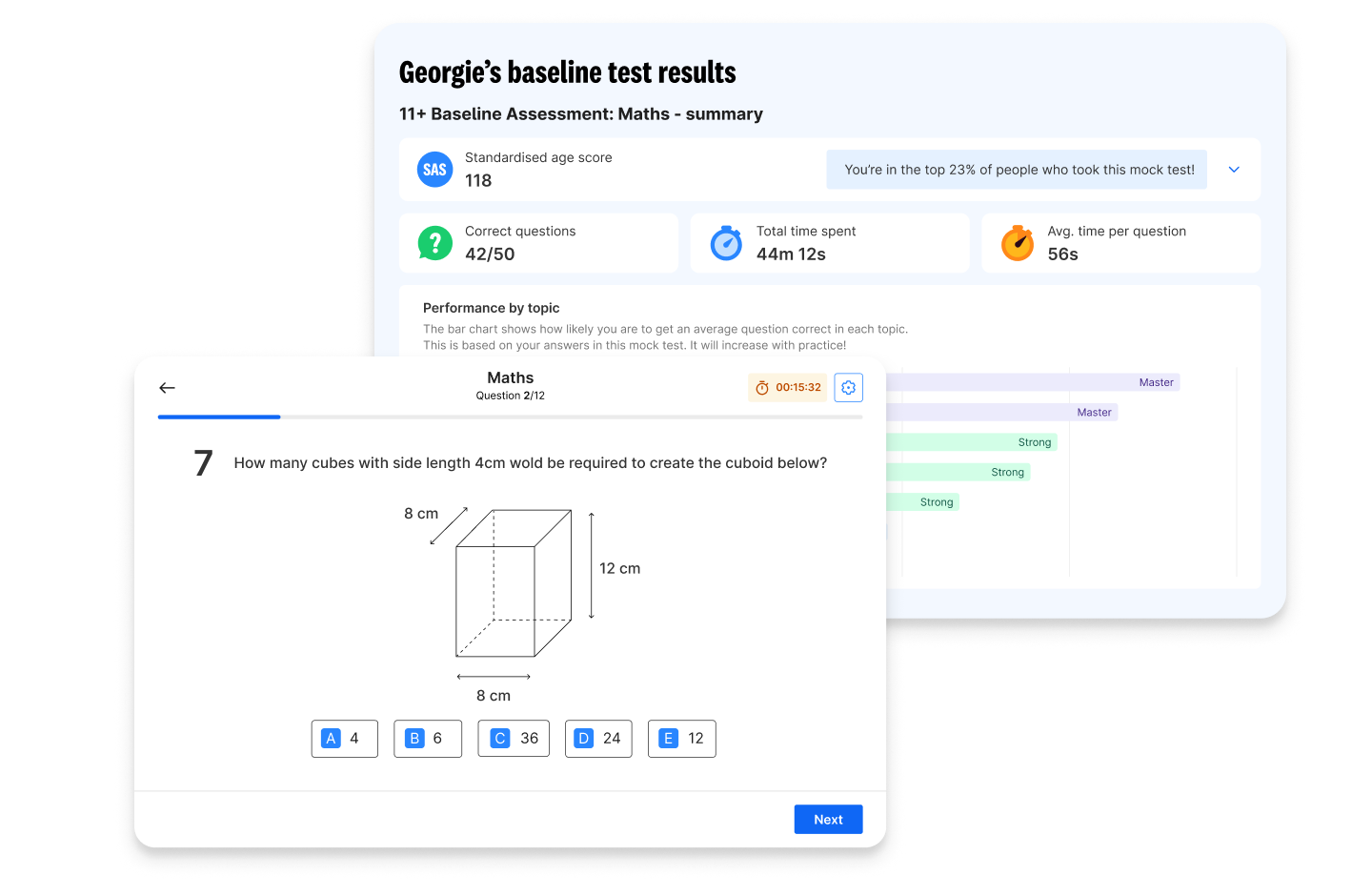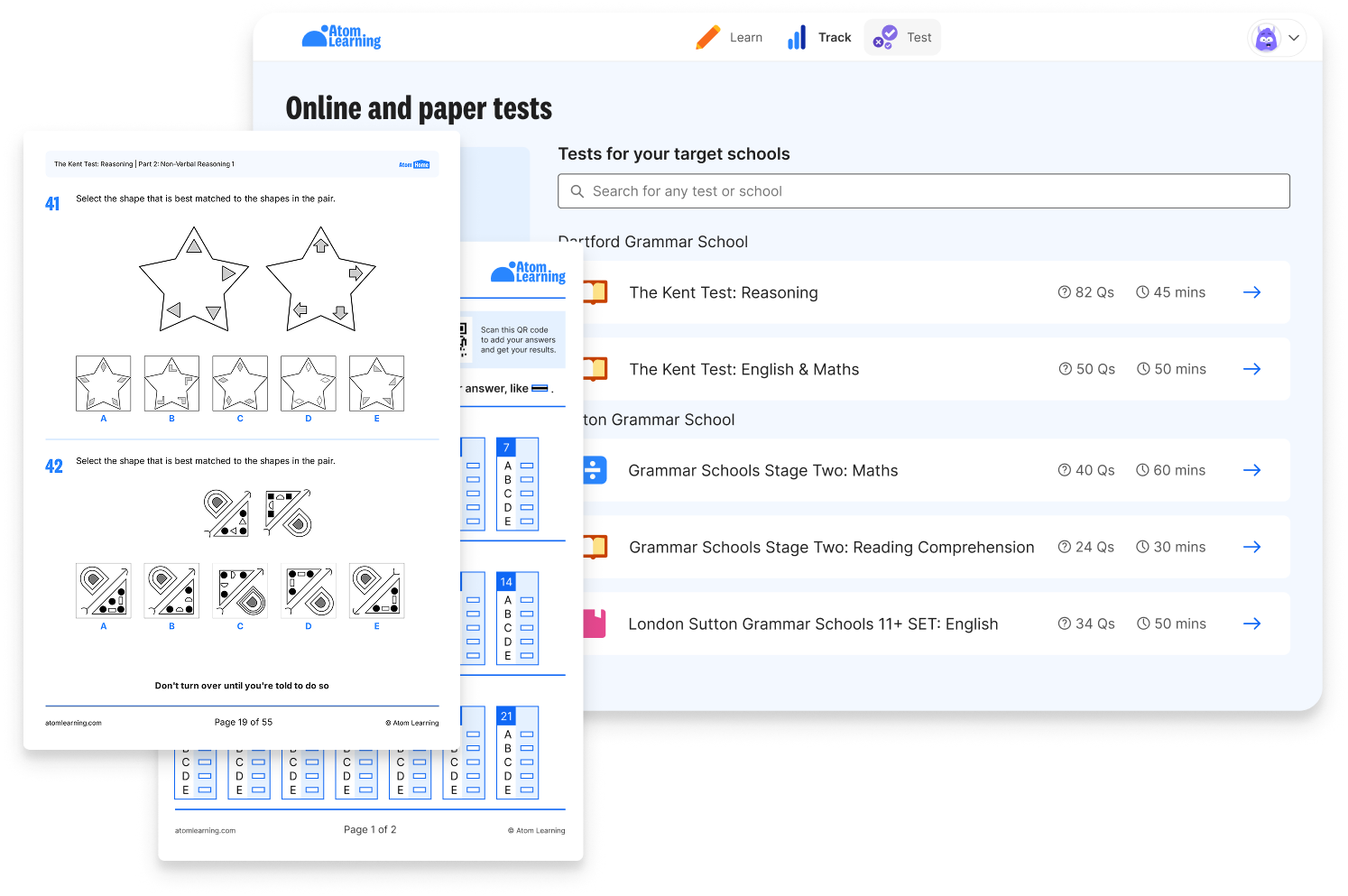Applying for secondary school can feel like a big step for you and your child. It’s a mix of emotions: excitement for the next chapter, but also the weight of making the right decision.
The good news? With a clear plan, the process doesn’t have to be overwhelming. This guide walks you through each stage of the application journey, from exploring options to preparing for the big move so that you can feel confident every step of the way.
1. Start early: understanding your options
It can be helpful to start exploring your options during Year 5, giving you and your child plenty of time to get a feel for the schools that might be a good fit.
Think about:
- School type: grammar, independent, or comprehensive
- Curriculum focus: academic strengths and creative subjects.
- Learning environment: size of school, teaching style, pastoral care
- Co-curriculars available: see what sports, music, art and drama options are available.
Gathering this information early gives you time to prepare well for any entrance exams or open days.
We’ve made it easier for you. Click here to search for your local grammar and independent schools. You'll find all the key information you need to see which schools are right for your child and how to apply!
2. Know the admissions criteria
Each school has its own admissions rules; missing a small detail can mean missing out on a place.
Check for:
- Catchment areas and how they’re measured (straight line or walking distance)
- Primary schools can be linked to a secondary school - sometimes called ‘feeder schools’. Children attending these primary schools are often given priority for a place at the linked secondary school.
- Selective entry requirements, such as the 11+.
- Faith-based criteria, including church attendance or baptism certificates.
- Scholarships and bursaries - independent schools often offer awards for academic ability, music, sport, or other talents. Some also provide means-tested financial support. These usually require a separate application and may have earlier deadlines, so check the requirements as soon as possible.
- If your child needs specific learning support, look for schools with strong special educational needs (SEN) provision and clear policies on accommodating different needs.



